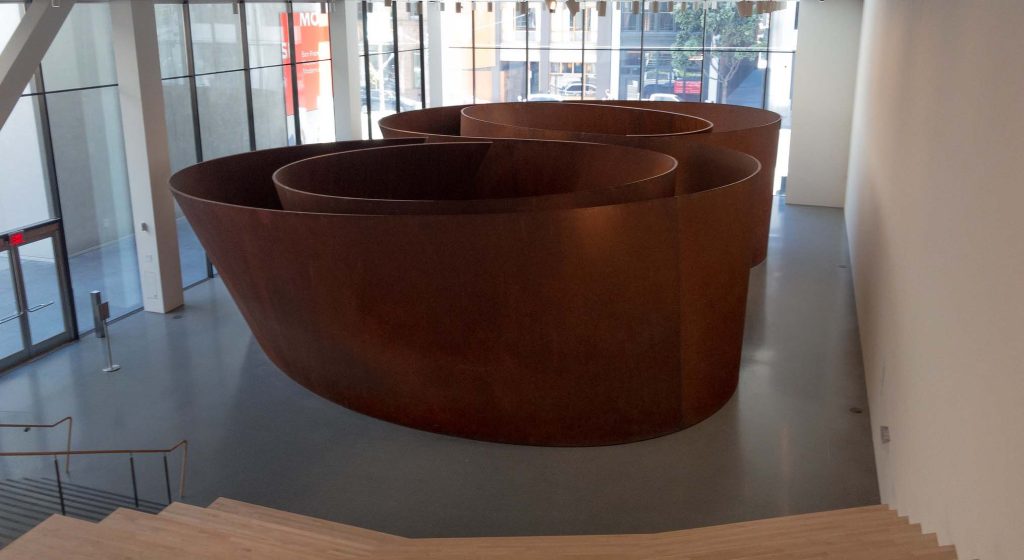Chapter 13.1: Where Do We Fit In?
We are immersed in our own time, and it can be difficult to see the world around us objectively. One of the modern definitions of an artist, in fact, is someone who is particularly insightful about their own cultural moment. Thanks to global capitalism, social media, and the internet, we are more interconnected and interdependent than at any other time in history. Some see this as a Utopian moment. With internet access, we can all contribute to and benefit from what is being called the Information Revolution. For others, the prevalence of technology in our lives threatens our individuality and privacy and reduces us to a data point that can be monetized by corporations like Facebook, Google, and Apple. One thing is certain: throughout the time periods sketched above, art has meant different things, and it is likely to be defined differently in the future.
The history of humanity is recorded in our visual culture. Like the fate of previous civilizations, time will eventually destroy much of the visual culture that we are familiar with today. Future art historians will seek to reconstruct the world we now live in, to better understand the nuanced meanings that are so familiar to us. Perhaps someday, an art historian will puzzle over an internet meme, a Torqued Ellipse by Richard Serra, or school yard graffiti.

Media Attributions
- Figure 1. Richard Serra, 2006, Weatherproof Steel – Two large, torqued steel ellipses connected by an S-shape to create a winding path to experience the graceful curves. First installation in the new San Francisco Museum of Modern Art building. It was installed, then they built around it (Image source: Jay Galvin via Flickr) is licensed under a CC BY (Attribution) license
Candela Citations
- A brief history of Western culture. Authored by: Dr. Beth Harris and Dr. Steven Zucker. Provided by: Smarthistory. Retrieved from: https://smarthistory.org/a-brief-history-of-western-culture/. License: CC BY-NC-SA: Attribution-NonCommercial-ShareAlike

